In garden design, garden lights serve as both the “eyes” of the night and the “makeup” of the space. They not only dispel darkness but also create a unique ambiance through the interplay of light and shadow. However, with the diverse range of products available on the market, many people wonder: what are the core characteristics of garden lights? And how should one choose the right type based on their needs? This article analyzes their functional characteristics and classification systems, offering insights through real-world examples.
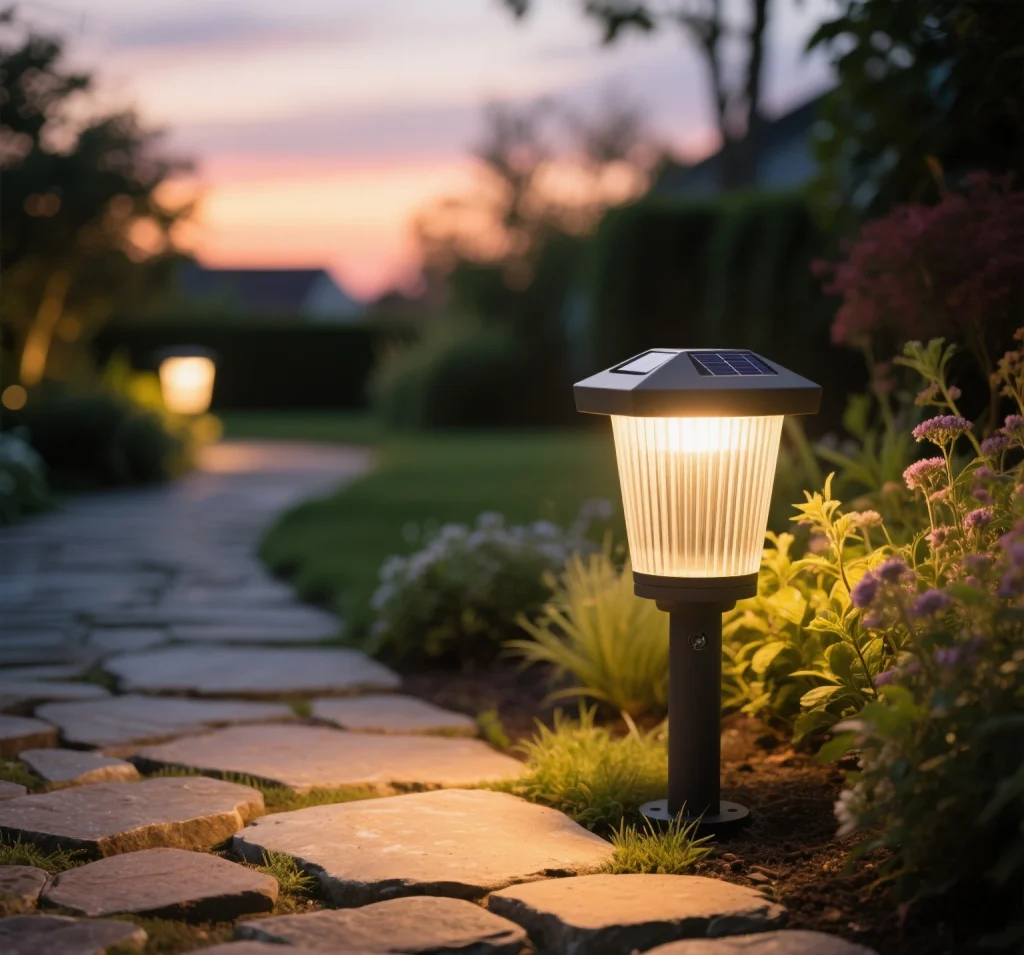
Four Core Characteristics of Garden Lights
Dual Assurance of Functionality and Safety
The fundamental value of garden lights lies in illumination, but their functionality extends far beyond simply “lighting up.” For instance, on a path connecting a house to a garden, soft lighting of 30–50 lumens prevents harsh glare while clearly outlining the path’s contours. Luna, a resident of New Jersey, frequently tripped over steps due to inadequate garden lighting. After installing garden lights with wide-angle illumination, she not only eliminated safety hazards, but the 120-degree beam angle also gave the path a visually expansive effect at night. Bitpott’s solar pathway light series features an intelligent light-sensing system that automatically turns on or off based on ambient light, ideal for forgetful users. This “seamless” functional design makes the lighting experience more convenient and reassuring.
Deep Integration of Decorative Appeal and Spatial Aesthetics
Garden lights have long transcended their role as mere lighting tools, becoming a key component of outdoor decor. Ethan, who runs a bed-and-breakfast in Boston, understands this well. He mixed vintage kerosene-lamp-style cast iron lights with modern acrylic geometric lights in his garden. The interplay of warm yellow and cool white light among the greenery created a “scenic moment at every step,” turning his garden into a photo-worthy spot. On weekends, guests often take pictures in the romantic ambiance created by the lighting, indirectly boosting the B&B’s online visibility. Bitpott’s recent retro tungsten bulb series combines the classic Edison bulb design with solar technology, featuring warm yellow tones and frosted glass covers. These are particularly suited for Mediterranean or rustic-style gardens, earning praise from designers as an “ambiance masterpiece.”
Energy Efficiency and Technological Upgrades for Environmental Sustainability
As the concept of sustainable development gains traction, solar garden lights have surged in popularity due to their “zero electricity cost + low maintenance” advantages. These lights convert sunlight into electricity via photovoltaic panels, storing it in lithium batteries for nighttime use. Sophia, a Seattle resident, calculated that her six solar garden lights reduce carbon emissions by approximately 120 kilograms annually, equivalent to the carbon sequestration of planting 30 spruce trees. Even in the rainy winter, lights equipped with efficient polycrystalline silicon panels maintain 4–5 hours of continuous illumination. Bitpott’s solar products feature 1450mAh NiMH batteries and intelligent energy-saving modes, achieving “8 hours of charging during the day and 10 hours of constant light at night” under sufficient sunlight, perfectly balancing environmental needs with user experience.
Durability and Long-Term Resilience in Outdoor Environments
Outdoor conditions pose far greater challenges to lights than indoor settings: summer heat of 40°C accelerates plastic aging, winter rain and snow can cause circuit shorts, and coastal salt mist acts as an “invisible killer” for metal materials. Mason, a Miami resident, experienced ordinary plastic lamp housings cracking within six months. He later switched to stainless steel lights with an IP65 waterproof rating, which have remained intact after five years, even enduring occasional tropical storms. Bitpott’s premium series uses aerospace-grade aluminum alloy housings with anodized surfaces, effectively resisting UV damage. These lights also pass a 72-hour salt spray test, performing exceptionally well in humid, rainy southern regions or coastal environments.
Multidimensional Classification System of Garden Lights
By Energy Type: A Clash of Traditional and Innovative
- Mains-Powered Garden Lights: Connected to the grid via power lines, these offer stable illumination, ideal for large gardens or areas with high lighting demands. Robert, an estate owner in Long Island, New York, uses this type, paired with a timer system, to keep his two-acre garden softly lit at night. However, drawbacks include the need for pre-planned wiring, high installation costs, and potential electrical leakage risks.
- Solar Garden Lights: As seen in Sophia’s case, these rely on solar energy, requiring no wiring and offering flexible installation, especially suitable for renters or DIY enthusiasts. Bitpott’s solar product line ranges from basic to smart models, with some featuring motion sensors that increase brightness upon detecting movement, balancing energy savings and security needs.
By Installation Method: Versatile “Transformers” for Different Scenarios
- Ground-Stake Garden Lights: The most common type, inserted directly into soil via a pointed base, ideal for lawns or path sides. Lila, a gardening enthusiast in Toronto, placed frosted glass-covered ground-stake lights every 1.5 meters along her rose garden’s edge. The warm light creates hazy spots through the glass, protecting nighttime plant growth while crafting a dreamy garden nightscape.
- Wall-Mounted Garden Lights: Installed on fences, gateposts, or building exteriors, these save ground space, perfect for small gardens or balconies. Anna, an apartment dweller in San Francisco, mounted two minimalist wall lights on her balcony railing. The warm white light outlines the railing at night, transforming her less-than-10-square-meter space into a cozy “outdoor living room.”
- Pole-Mounted Garden Lights: Freestanding high-pole lights, typically used at garden entrances or central areas, serve both illumination and landmark purposes. Mark, a villa owner in Chicago, installed a 3-meter-high cast aluminum pole light at his driveway’s end. Its conical design with LED strips not only lights up the parking area at night but also serves as a distinctive garden landmark.
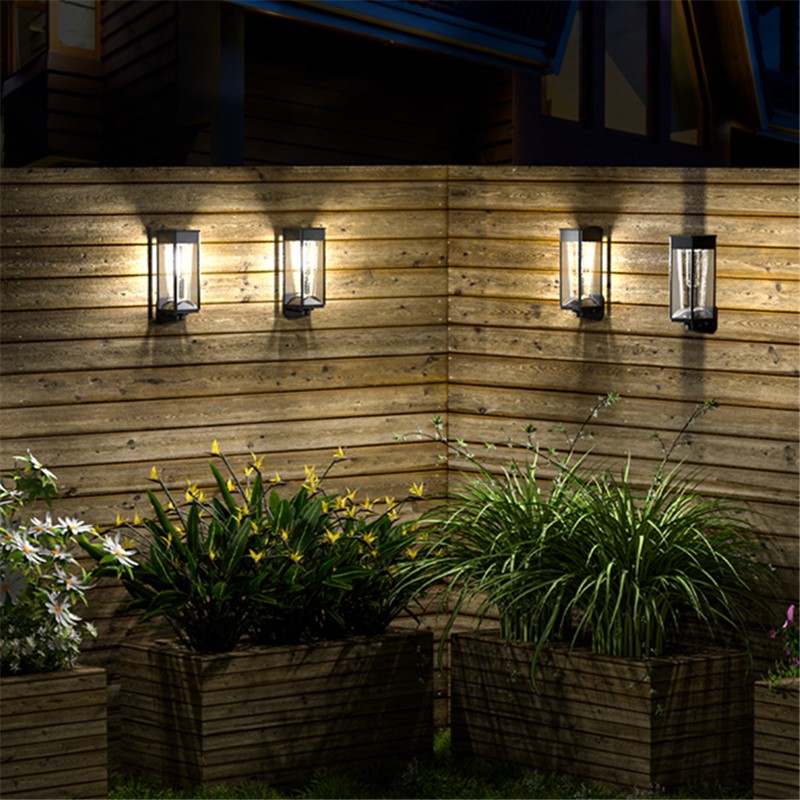
By Design Style: An Aesthetic Spectrum from Classical to Modern
- European Classical Style: Featuring ornate carvings, cast copper materials, and kerosene-lamp-like designs, these pair well with stone fountains or wrought iron fences. William, a vintage villa owner in London, uses hand-forged copper garden lights. After five years, the patina from oxidation complements his garden’s century-old oak trees, perfectly capturing the historical depth of an English estate.
- Modern Minimalist Style: Characterized by geometric lines, solid colors, and transparent materials, these are favored by minimalism enthusiasts. Yuki, a Tokyo designer, used matte black cubic garden lights in her garden. Subtle by day, they create a floating light effect at night through diffused bottom lighting, acting as “silent artworks” in the space. Bitpott’s modern series includes angle-adjustable cubic lights, allowing users to adapt lighting to plant growth or seasonal changes, blending functionality with design.
- Rustic Natural Style: Featuring wood, rattan, or leaf/flower motifs, these suit rural gardens or greenery-rich spaces. Emma, a gardening blogger in Sydney, placed mushroom-shaped resin garden lights in her herb garden. Warm yellow light spills from the “cap” edges, resembling fairy-tale fireflies, delighting children.
By Usage Scenario: Functionally Tailored to Specific Needs
- Pathway Lighting: Solar pathway lights focus on evenly illuminating paths while avoiding glare. Recommended products have 30–50 lumens and 100–150-degree beam angles, installed 1.2–1.5 meters apart.
- Area Lighting: For dining tables or leisure areas, these require higher brightness (80–150 lumens) and can include string lights or floor lamps to create a gathering atmosphere.
- Landscape Accent Lighting: For sculptures, ancient trees, or water features, use spotlights or buried lights to highlight elements through light-shadow contrast, enhancing landscape depth.
How to Choose the Right Garden Light Based on Needs?
Returning to the initial question, the core logic for choosing garden lights is “scenario-first”: first identify the primary purpose (safety lighting or ambiance creation?), then consider environmental conditions (sunlight duration, climate characteristics), and finally match style and budget. For example, small apartment balconies suit wall-mounted solar lights, meeting basic lighting needs without complex installation, while large villa gardens may require a combination of pole lights, ground-stake lights, and wall lights to achieve both functionality and aesthetics.
As Bitpott’s brand philosophy emphasizes, “Let every beam of light serve life.” High-quality garden lights are more than just products—they are a medium for enhancing outdoor living. When night falls, carefully selected lights quietly outline the garden’s contours, turning every corner into a space worth lingering in. This, perhaps, is the value of garden lights beyond their functional purpose.



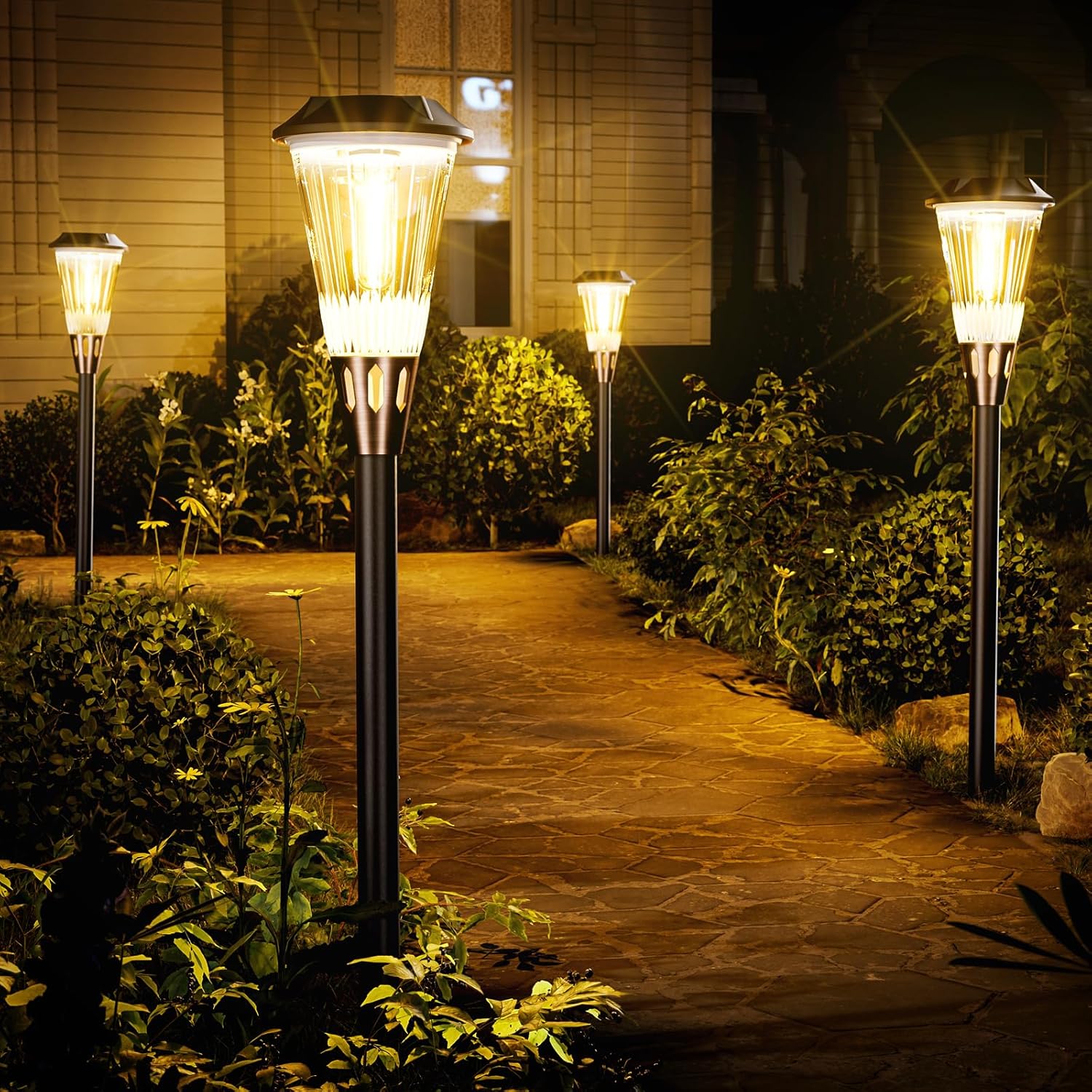
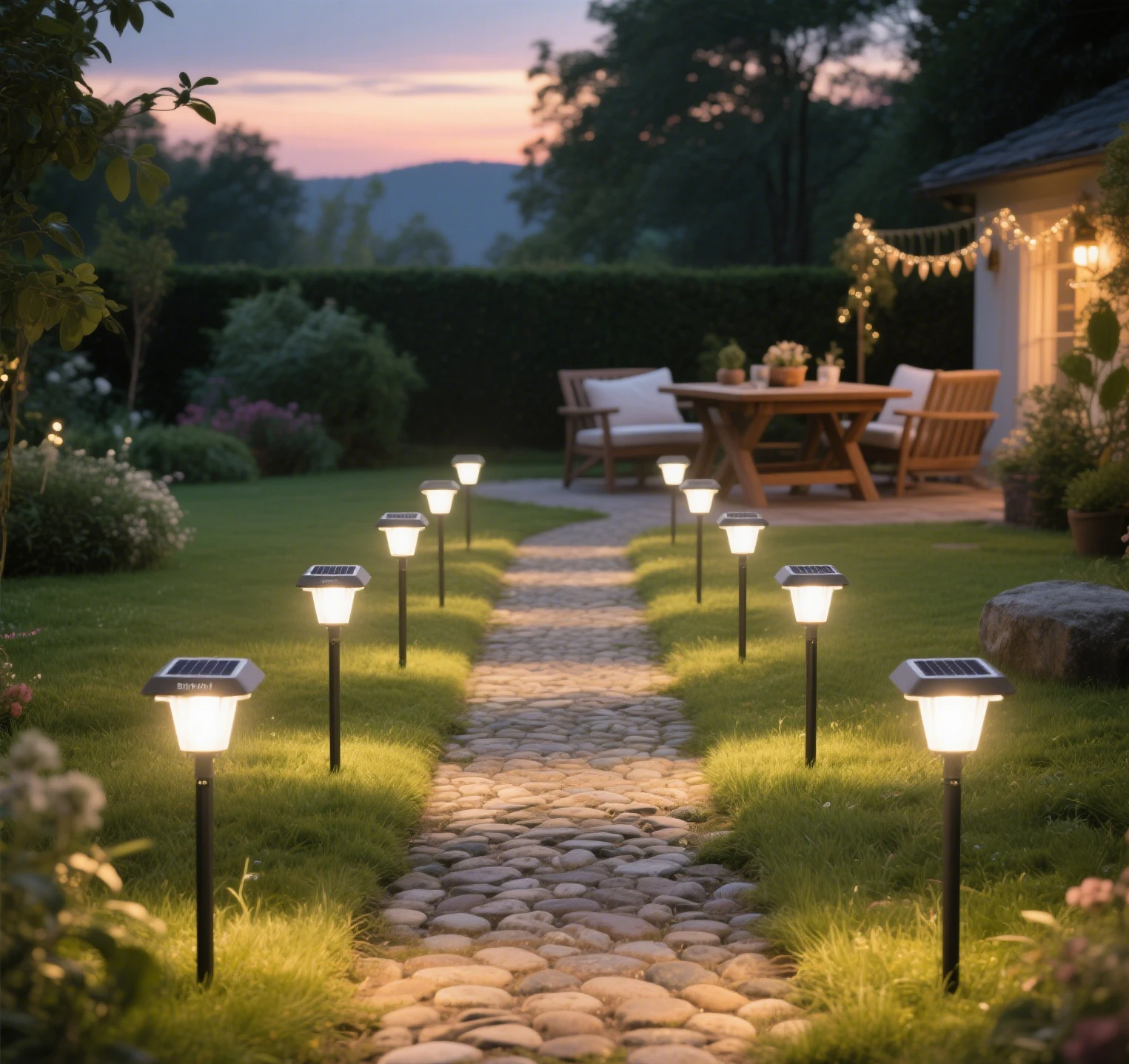
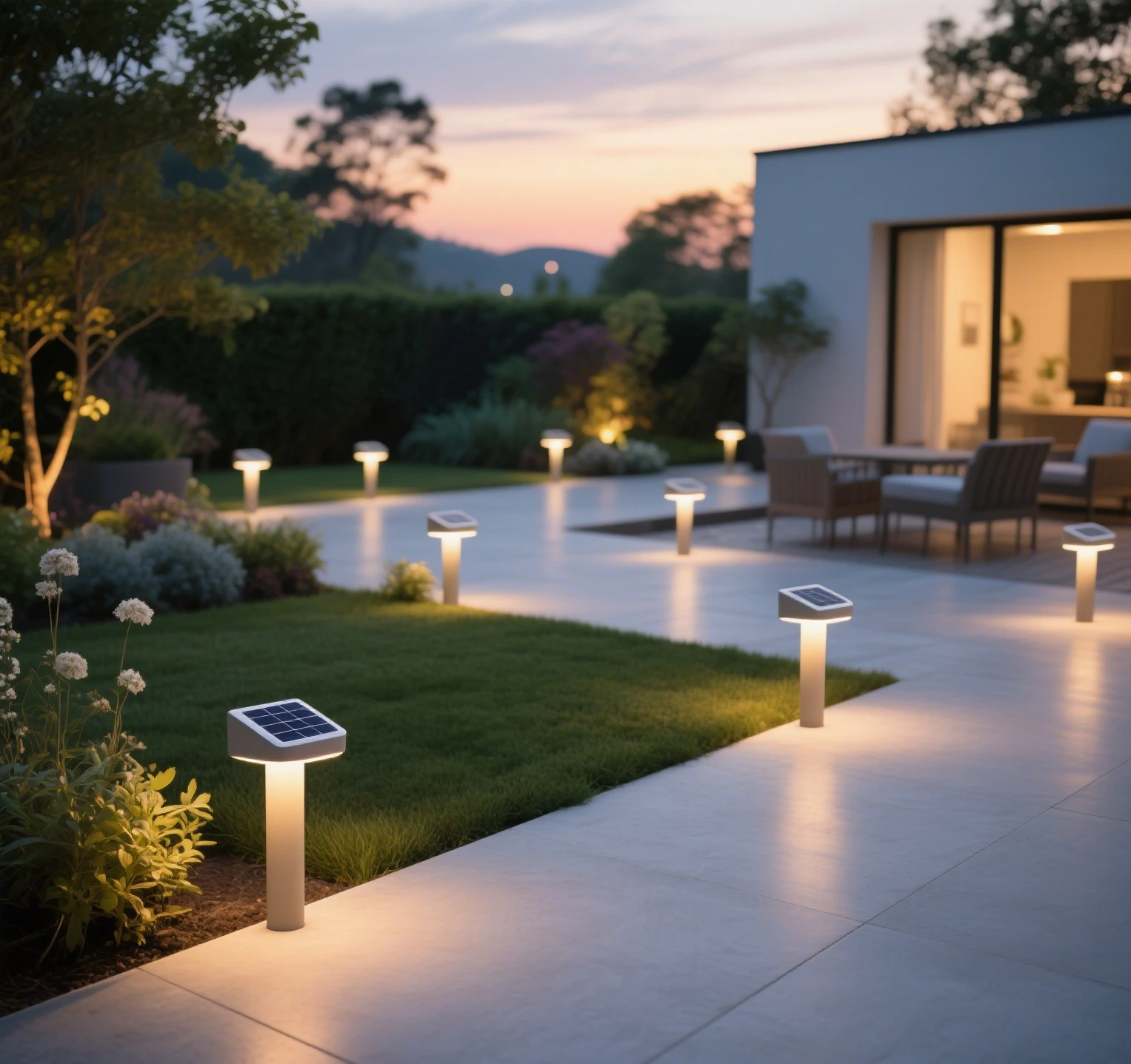

Leave a Reply